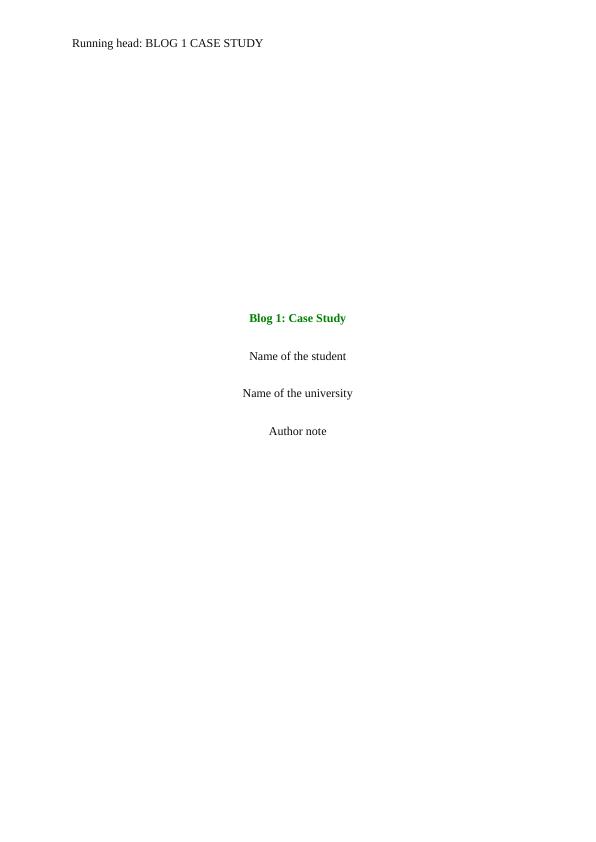Case Study: Assessment and Management of Severe Paranoia in an Elderly Patient
9 Pages2408 Words155 Views
Added on 2023-06-06
About This Document
This blog discusses the assessment and management of severe paranoia in an elderly patient through a case study. It covers the necessary information to be gathered, important immediate issues, and the possible condition of the patient. The blog also suggests how the health service should respond to the patient's condition.
Case Study: Assessment and Management of Severe Paranoia in an Elderly Patient
Added on 2023-06-06
ShareRelated Documents
End of preview
Want to access all the pages? Upload your documents or become a member.
Mental Health Examination Findings
|6
|1893
|58
Case Study Blog: Mrs. B's Deteriorating Dementia and Psychosis Symptoms
|8
|1758
|173
Nursing Essay on Mental Health Act 2014 and Patient-Centered Care
|6
|1414
|59
Case Study: Carolyn, a 60-year-old Cambodian woman admitted to the acute inpatient facility
|11
|3138
|12
Case Study of Mrs. B: Communication Techniques, Major Depressive Episode with Psychotic Features, Nursing Interventions for Appetite and Sleep
|8
|1980
|358
Nursing Care of a Patient with a Medical Condition - Desklib
|10
|2732
|278



